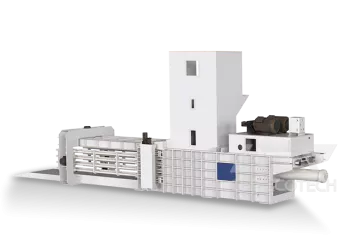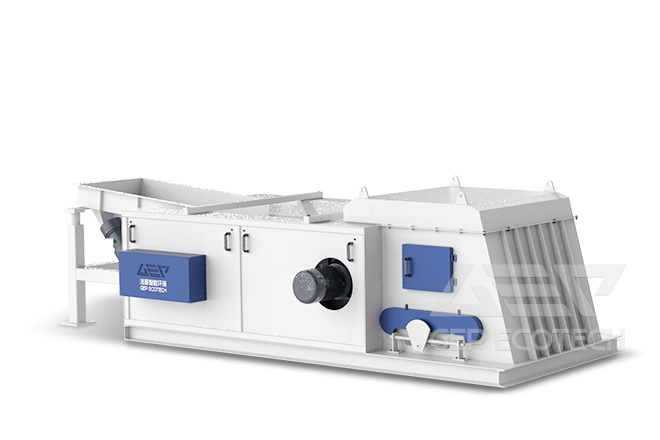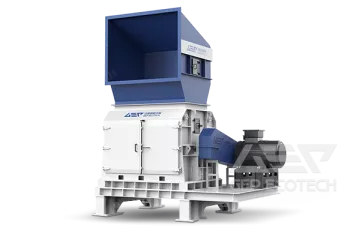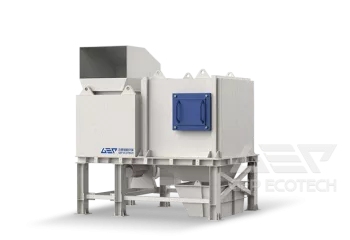The recycling and utilization of waste plastics is a key part of plastic pollution control. At present, after waste plastics are recycled, most of them are re-invested in social production in three forms. They are:
Recycled material: After manual screening and classification, waste plastics are shredded, granulated, modified and other processes to become various transparent and opaque plastic granules, which are then classified according to their appearance, and then become recycled materials that can be reused.
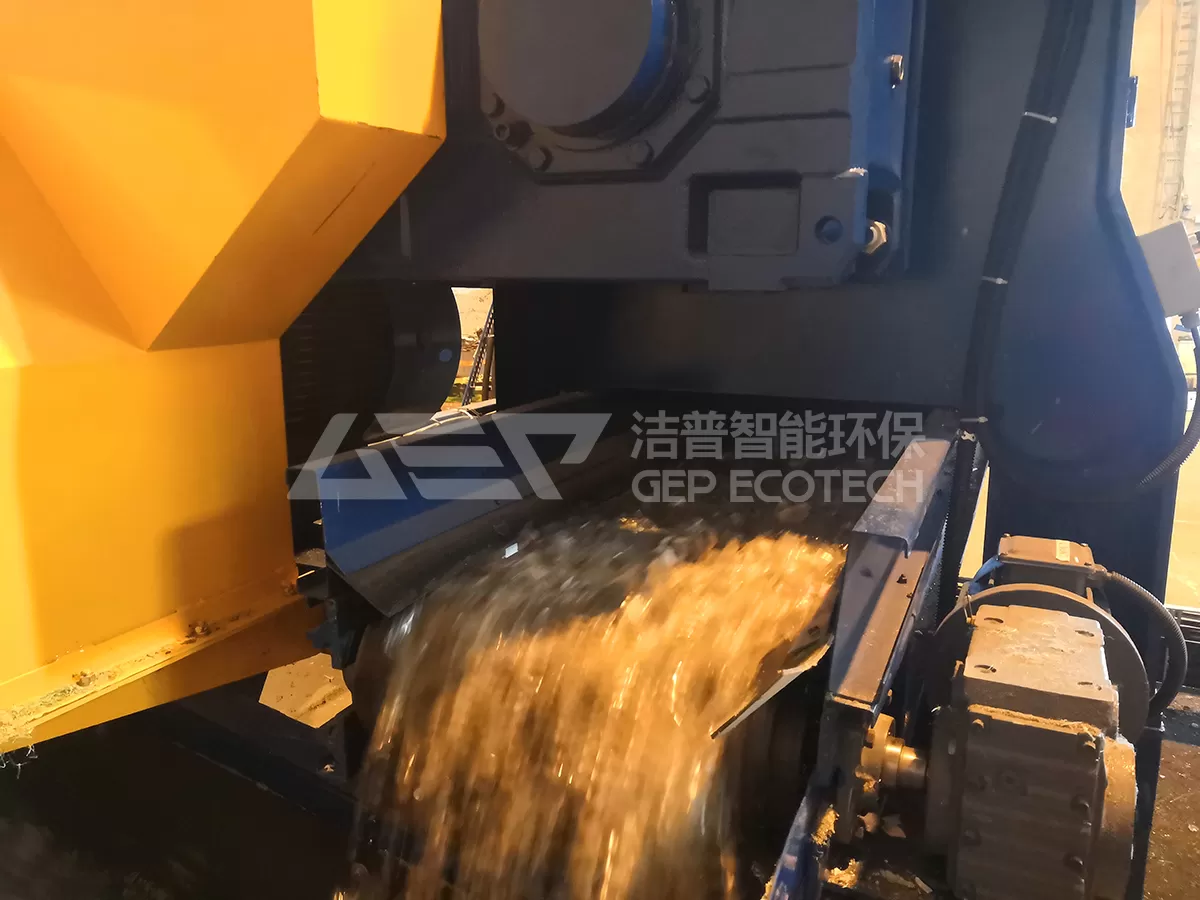
Fuel: In recent years, Japan has made use of the high calorific value of waste plastics to mix various combustible wastes to make solid fuels (RDF) with a calorific value of 20933kJ/kg and a uniform particle size, which can be used for storage, transportation and burning in boilers and industrial kilns instead of coal.
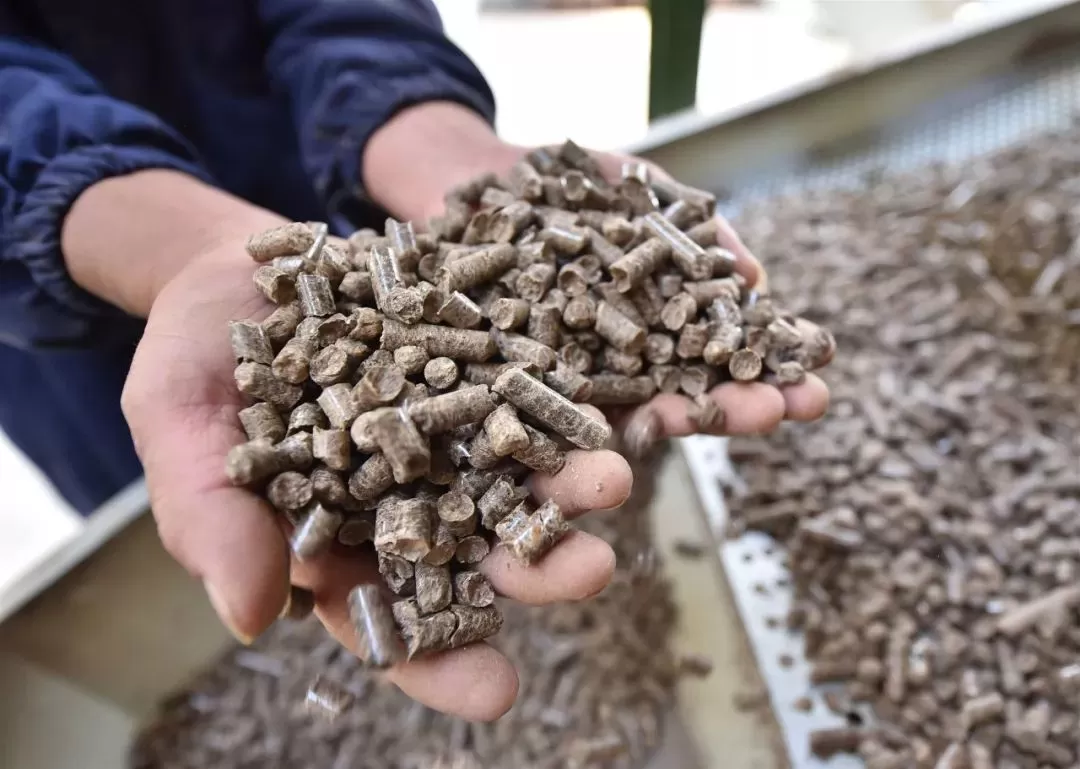
Power generation: waste solid fuel power generation was initially applied in the United States, and there are 37 RDF power stations, accounting for 21.6% of waste power stations. Japan has realized the huge potential of waste plastic power generation. In Japan, some small waste incineration stations have been changed to RDF production stations to facilitate continuous large-scale power generation after concentration, so that the steam parameters of the waste power station have been increased from 30012 to about 45012, and the power generation efficiency has been increased from the original 15% to 20%-25% .
Recycling of waste plastics should focus on reduction and standardization. For this reason, GEP has designed a waste plastic shredding and granulation production line and a waste plastic RDF production line to assist in the recycling of waste plastics. GEP's waste plastic recycling line has been successfully operated in many regions at home and abroad. If you want to know more about waste plastic recycling, please contact us!


